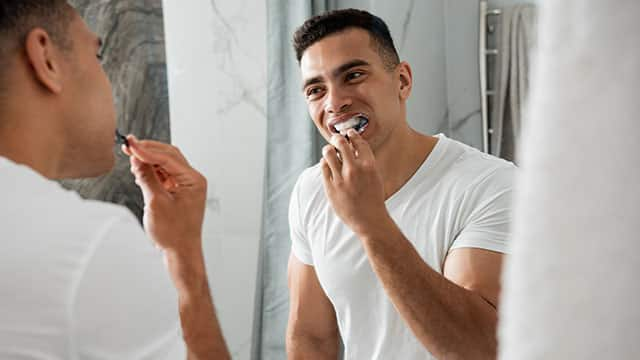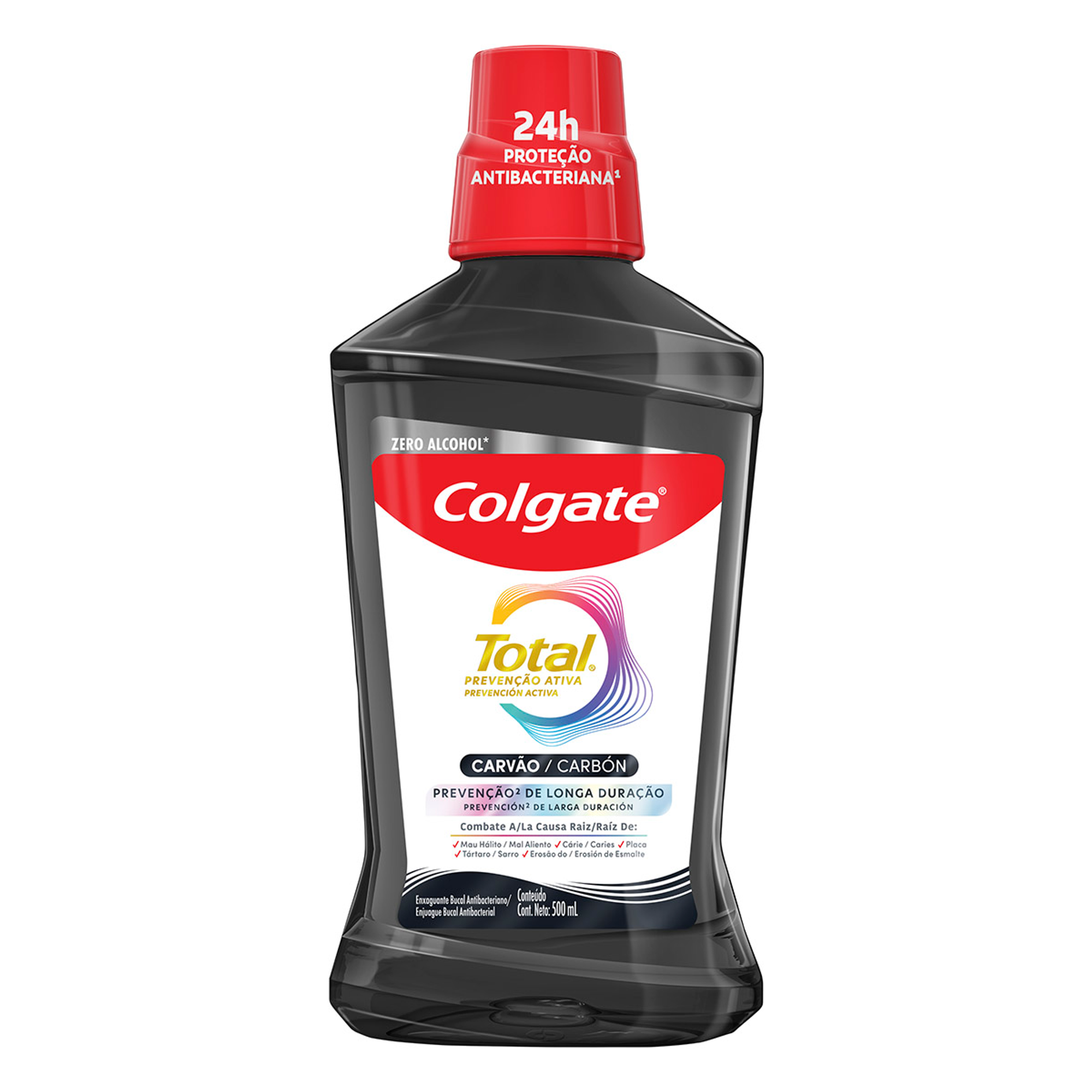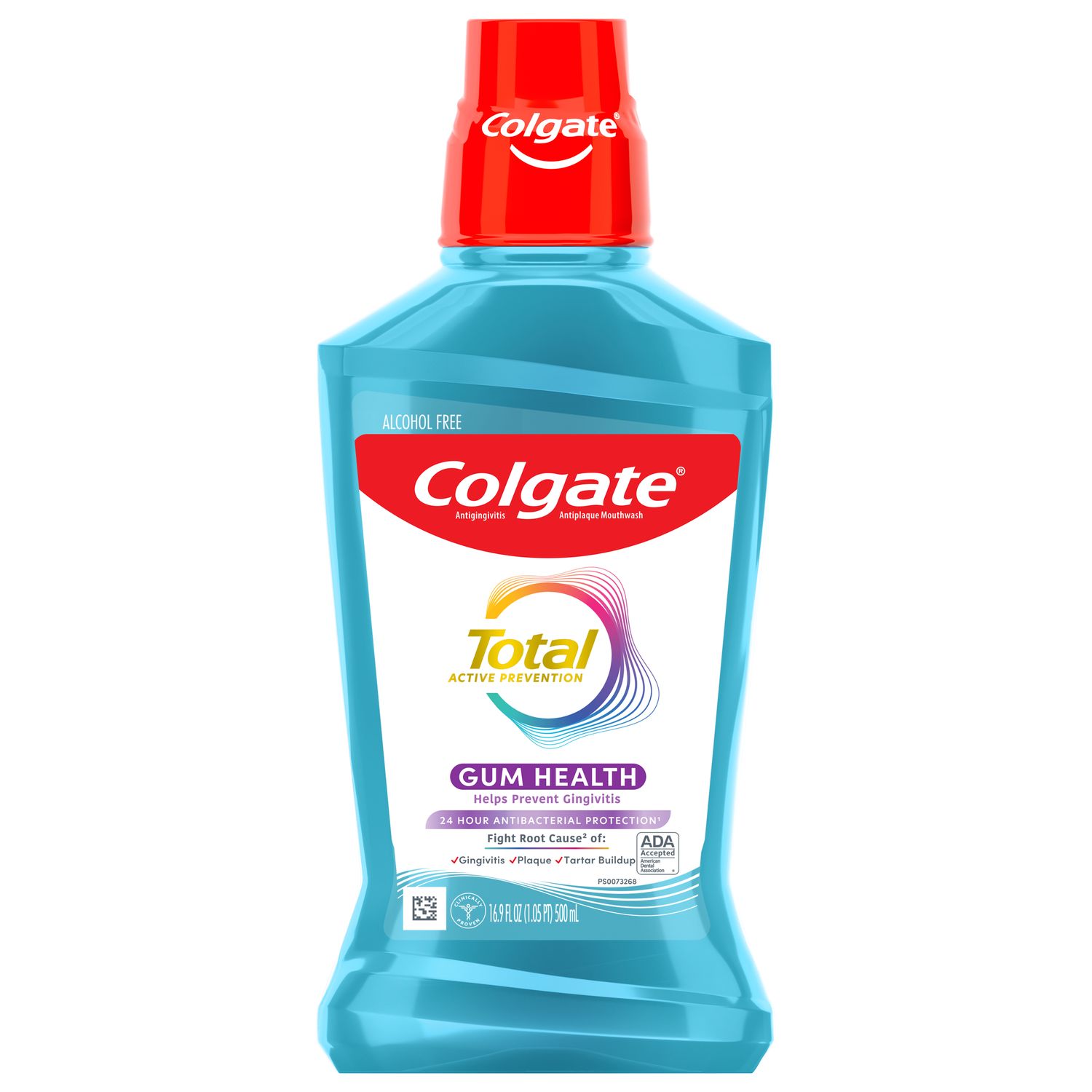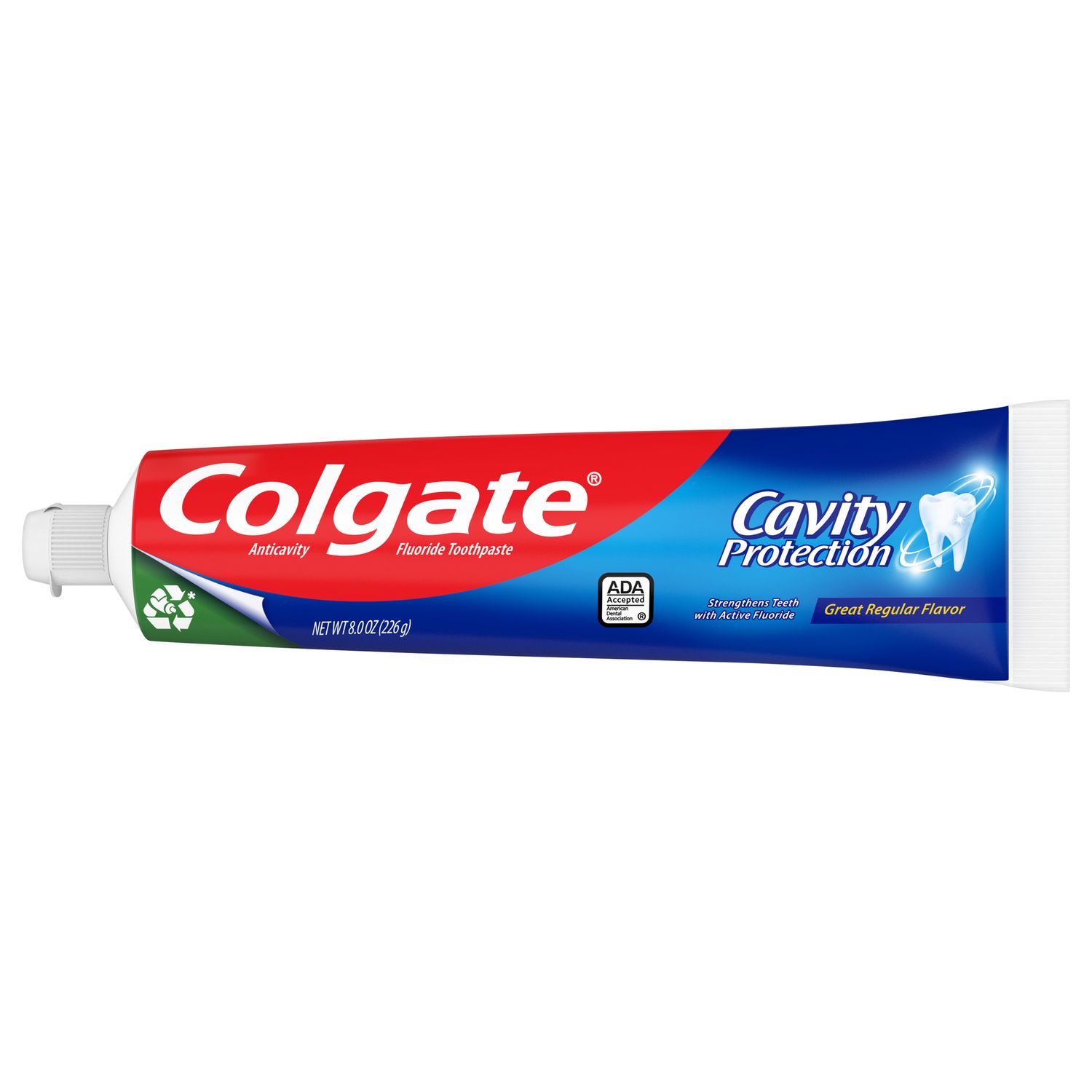Dysphagia Causes
According to the National Institute on Deafness and Other Communication Disorders (NIDCD), dysphagia happens when there is a problem with the structures, muscles, and neural control of the swallowing process. Weak muscles in the tongue or cheek, stroke, another nervous system disorder, surgery, gastroesophageal reflux disease (GERD), tumors, and diabetes can all be causes of dysphagia. In some cases, dysphagia and dentistry have a link, as poorly-fitting dentures or severely decayed teeth can also cause swallowing problems.
Because the causes of dysphagia are vast, finding treatment starts with identifying the category it falls into. According to the Mayo Clinic, there two primary categories are:
- Esophageal dysphagia: This is feeling the sensation of food getting stuck to the base of your throat or in your chest after you’ve started the swallowing process. This is where GERD, tumors, a narrowed esophagus, or built up tissue in the throat may cause dysphagia.
- Oropharyngeal dysphagia: This happens when your throat muscles are weak, making it difficult to start the swallowing process. Did you know that the complete swallowing process takes about 50 pairs of muscles and several nerves? In most cases, this type of dysphagia is due to neurological disorders or damage from conditions like stroke, spinal cord injury, Parkinson’s, or multiple sclerosis.
If you think you’re experiencing dysphagia or are having difficulty swallowing, contact your dental or medical professional so that they can evaluate your symptoms and find the root cause.
Dysphagia Treatment Options
Treatment for dysphagia varies based on the severity and cause of your condition. Your dental professional, medical professional, or speech-language pathologist may perform tests to evaluate your swallowing process and find out just where the difficulty is coming from.
- A Flexible Endoscopic Evaluation of Swallowing with Sensory Testing (FEESST) uses an endoscope to view your mouth and throat as it responds to stimuli like food and liquids.
- A Videofluoroscopic Swallow Study (VFS) involves taking a filmed X-Ray of your swallowing process by having you consume food and liquids. These recorded images help pinpoint where your swallowing problems are coming from and what changes you swallow safely and effectively.
Once your medical professional identifies where your dysphagia is coming from, you can start developing a treatment plan. According to the American Speech-Language-Hearing Association (ASHA), treatment options for dysphagia often help you live and cope with this condition or rehabilitate your swallowing muscles to help build strength.
In cases where dysphagia can’t be solved, eating and swallowing techniques can help you cope with this condition so that it’s less of a burden on your life. Treatments might include tucking your chin or turning your head a certain way to help food travel down the esophagus more efficiently or changing the consistency of the food you eat to help you swallow it with ease.
Rehabilitative approaches to dysphagia treatment aim to improve your swallowing ability, leading to a lasting improvement. Treatments might include exercises that build muscle strength in the face and esophagus or learning a swallowing technique that ensures the airway is blocked off, preventing food from traveling down the trachea into the lungs. Your medical professional may also recommend changing the way you eat. That might include taking smaller bites, chewing more thoroughly, eating softer food, or pureeing food.
Medical and Surgical Treatments
Rehabilitation therapy might be all some patients need to successfully treat swallowing issues but sometimes – namely with esophageal dysphagia –patients may require medical or surgical treatment. Medical treatment can include taking antacids or other medications to control GERD symptoms. If dysphagia is due to salivary control problems or thickened saliva, a medical professional may prescribe medications to manage saliva.
If the swallowing issue is due to a narrow esophagus or a tight muscle in the esophagus, a medical professional may recommend a surgical procedure called myotomy. In this procedure, a surgeon cuts the lower esophageal sphincter muscles, allowing food to travel more easily from the esophagus to the stomach.
Dental Care and Dysphagia
Swallowing problems can sometimes be related to dental issues, such as difficulty swallowing with dentures or trouble swallowing after dental work. Although practicing good oral care won't directly relieve dysphagia, it's crucial to preventing and minimizing swallowing issues. Brush twice daily with fluoride toothpaste, floss daily in between teeth with a water flosser or other interdental cleaning device.
Remember that swallowing is a complex process, and feeling a lump in your throat might be caused by something more serious than a reaction to a sad movie. If you’re experiencing any swallowing issues, reach out to your dental professional to identify possible causes and treatment options –and to get back to a healthier mouth and body.
Oral Care Center articles are reviewed by an oral health medical professional. This information is for educational purposes only. This content is not intended to be a substitute for professional medical advice, diagnosis or treatment. Always seek the advice of your dentist, physician or other qualified healthcare provider.
ORAL HEALTH QUIZ
What's behind your smile?
Take our Oral Health assessment to get the most from your oral care routine
ORAL HEALTH QUIZ
What's behind your smile?
Take our Oral Health assessment to get the most from your oral care routine















